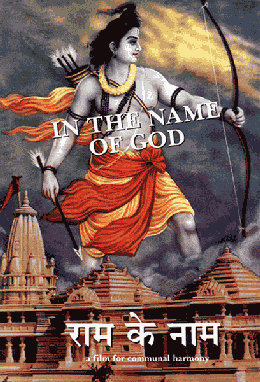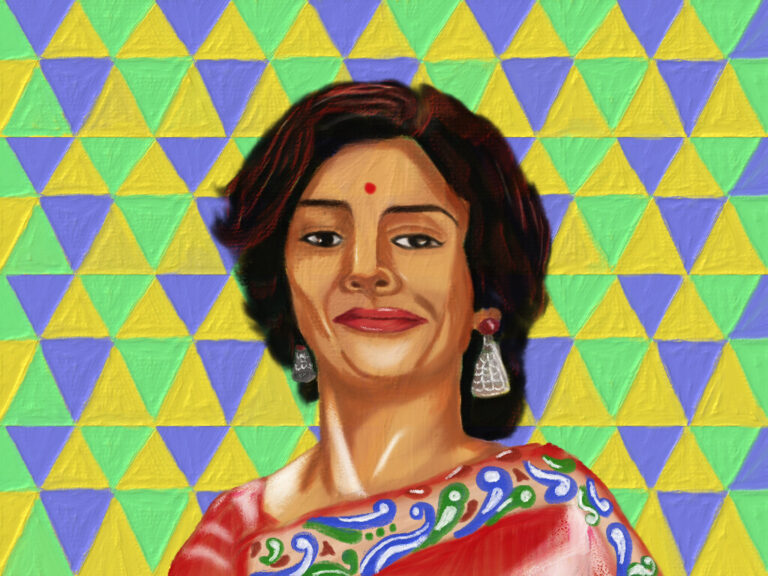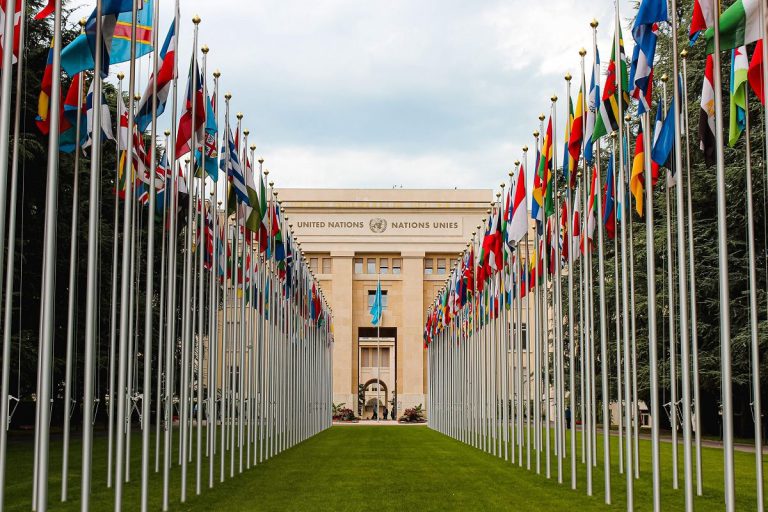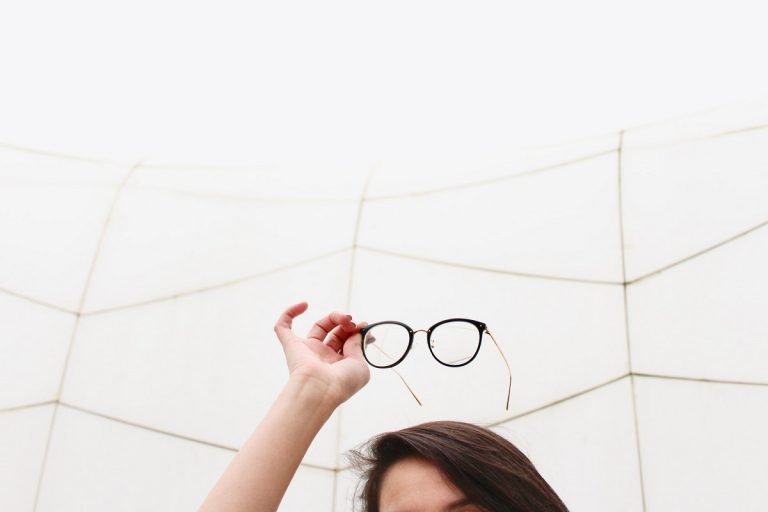RAM KE NAAM: Through the lens of Publics and Counter publics

Priya Jain did Masters at IIT Gandhinagar. She loves her camera, chai and book. She aspires to become an ethnographic film-maker someday.
Ram Ke Naam is a 1991 documentary film by Anand Patwardhan which studies the detrimental effects of the campaign waged by the militant Vishwa Hindu Parishad (VHP) to demolish a 16th century mosque in Ayodhya said to have been built by Babar. It illustrates different techniques adopted by them to mobilise the religious iconography of the warrior god Ram against the Muslim communities thereby evoking militant Hindus to turn upon with murderous intent and building a Ram Temple on the grounds of the Babri Masjid.
In this essay, I shall argue the different ways in which a public discourse and reverse public discourse i.e., counter public discourse is constructed through the context of “Ram Ke Naam” (In the Name of God). The public is a kind of social totality. (Warner, 2002). As argued by Micheal Warner in his paper, “Publics and Counterpublics,” public even though is assumed as a national public that (in which) others exist, yet it tends to exclude “the others.” Ram Ke Naam illustrates how the others are excluded from the public discourse, and they became a part of ‘counter public.’ These “others” includes the Communist Party, and people from marginalised sections particularly the Muslims and the Dalits.
Warner argues there are some aspects of a Public;
First, a public is self-organised. It exists as the end for which books are published, shows broadcast, web sites, etc. Ram Ke Naam, portrayed how a Video Campaign hailed across the country, showing the miraculous appearance of Lord Ram within the Babri Masjid. This campaign created a feeling amongst the public i.e., dominant Hindus, of creating a Ram Temple on the grounds of Babri Masjid and hence, they were misled by this appearance.
Second, A public is a relation among strangers. Therefore, this means reaching strangers is the primary orientation. In Ram Ke Naam, this understanding of the public is best illustrated through use of audible speeches. With rath yatra, L.K. Advani began a mission of redefining history and re-writing the folklore of the north Indian hinterlands from a strongly Hindutva perspective. His speeches reportedly aimed to sow hatred among Hindus towards the Babri Masjid, which symbolised the ‘invasion’ of Babur. He introduced the word “pseudo-secular” for all non-BJP parties and all leaders opposed to the theory and philosophy of the RSS. This is what is argued by Warner, a public sets its boundaries and its organizations by its own discourse. Sangh Parivar formed by RSS, which is embedded in the traditional ethos of Hinduism, is a perfect illustration of the argument put forth by Warner. i.e. a public selects ‘strangers’ by criteria of territory or identity or belief or some other test of membership. (Warner, 2002, pg-56) In Ram Ke Naam, even though we saw some Hindus who supported other parties like Congress, but they still stood by the agenda endorsed by BJP of reclaiming the “Ram Janambhoomi” because of their religion.
Third, the address of public speech is both personal and impersonal. This gives a social resonance with others. In the documentary, L.K Advani was seen using slogans during these speeches, like “Saugandh Ram ki khate hain; Hum mandir wahin banayegein (We take a vow in the name of Rama: we will build the temple exactly there). This invoked a social relevance to private thought and life. Warner argues that it is essential that the speech is addressed to indefinite others, and this is done by virtue of participation in the discourse and therefore, in common with strangers. Therefore, when Advani addressed Ram Rath Yatra as “Janta Ka Rath”, this was like an impersonal address and combined the public as a body of strangers united through the circulation of the discourse.
Fourth, a public is constituted through mere attention. In Ram Ke Naam, we see a counter-public: when a woman from marginalised section was narrating a story, that in more than 150 huts, men are being displaced from their own birthplace (“Janambhoomi”), yet no one pays attention to this reverse public discourse (term used by Warner), and thousands are ready to sacrifice their life for Ram’s Janambhoomi.
Fifth, a public is the social space created by the reflexive circulation of discourse. Warner argues no single text, nor a voice, a single genre, or even a single medium can create a public. Babri Masjid was built in the year 1528, after 50 years Tulsidas wrote Ramcharitmanas which proved to be a catalyst in building a movement for the construction of the Ram Temple in Ayodhya. The movement gained momentum when the Vishva Hindu Parishad (VHP) took over the mantle to build a nationwide movement. Taking advantage of this during the pre-independence era, British started propagating that Babar demolished Ram Temple, where Ram was born and built a Mosque over it. This was done in the fear of the Hindu-Muslim unity which resulted into to a threat to the empire. Therefore, this resulted in increasing tension between Hindus and Muslims.
Sixth, publics act historically according to the temporality of their circulation. Warner argues this in the context of text. He argues that “it is the way text circulate through time and become the basis for further representation. A text, to have a public, must continue to circulate through time, and because this can be confirmed only through an intertextual environment of citation and implication, all public are intertextual, even intergeneric.” (Warner 2002, pg-68). There was a role of intertextual environment, in the counter public sphere, where texts of Ambedkar and other writings were made available regarding the anti-casteism practices but there was no such role of intertextual environment in the Ram Janmabhoomi Movement. Warner further explains double-voiced hybrid, he cites the critical analysis by Mikhail Bhaktin wherein he argued, that there are two speech genres. First, can be understood as a political discourse and the second can be understood as a religious discourse wherein, there is a constant attempt to establish certain rigid norms against the other.
Seventh, a public is poetic world making. As Warner argues, the poetic function of public discourse is only possible through its participants. One cannot assume its public as already existing persons (Warner 2002, pg-82). In the public discourse of Ram Janambhoomi, the Karsevaks were not merely a virtual projections but active participants who demolished the Babri Masjid.
However, there were a sequence of events that led to the building up of this public discourse. It was in 1949 when the idols of “Ram Lalla ” were placed (countering the claim that it divinely appeared there) under the central dome outside the disputed structure. District Magistrate K.K. Nayar refused to remove the idols of Ram placed inside the mosque, predicting that it may lead to riots. Further, in the year 1984 L.K. Advan,i a Bharatiya Janata Party leader, became the driving force of the Ram Janmabhoomi Movement. His posters were set up around the Ayodhya city, which said “Chalo Ayodhya, Mandir Wahi Banayege.” The Vishwa Hindu Parishad also led a Shriram-Janaki rath yatra from Sitamarhi in Bihar to Delhi. In 1989, when the gates of Babri Masjid were unlocked for Hindus to worship during the tenure of Prime Minister Rajiv Gandhi,. Muslims established the Babri Masjid Action Committee, in protest. Parliament then passed the Muslim Women (Protection of Rights on Divorce) Act, 1986, which effectively overturned the Supreme Court verdict in the Shah Bano case, an essential factor that paved the way for BJP’s participation in the Ayodhya movement, according to Advani, who became party chief in the year 1986.
References
- Warner, M. (2002). Publics and counterpublics. New York: Zone Books.
- Patwardhan A. (1992) Ram Ke Naam (In the Name Of God)








